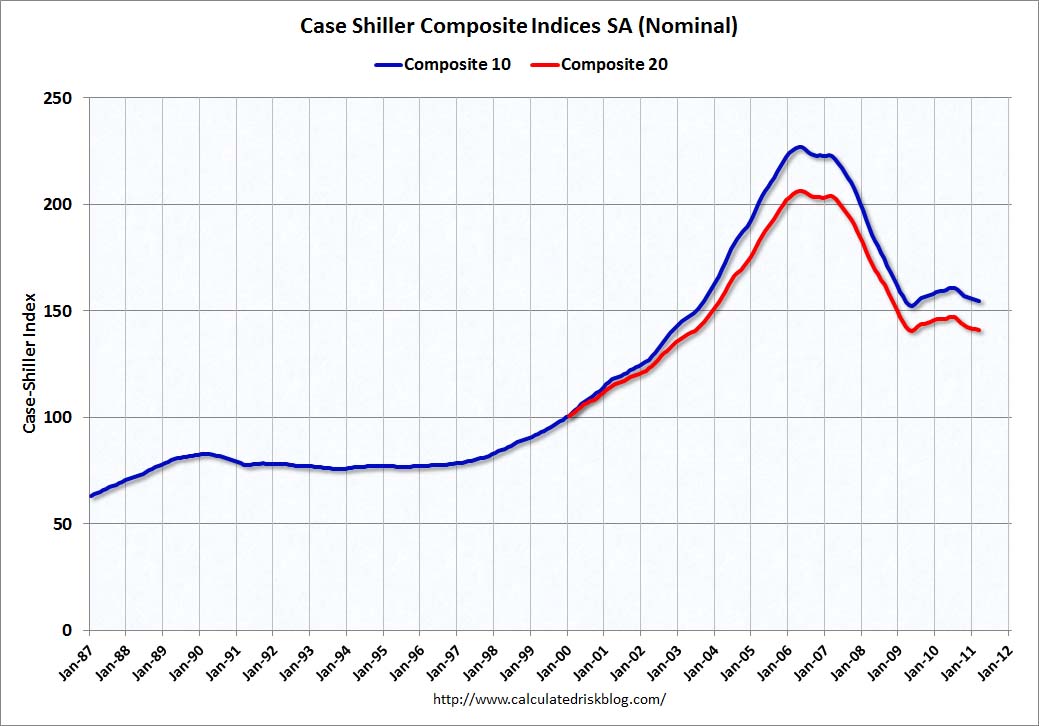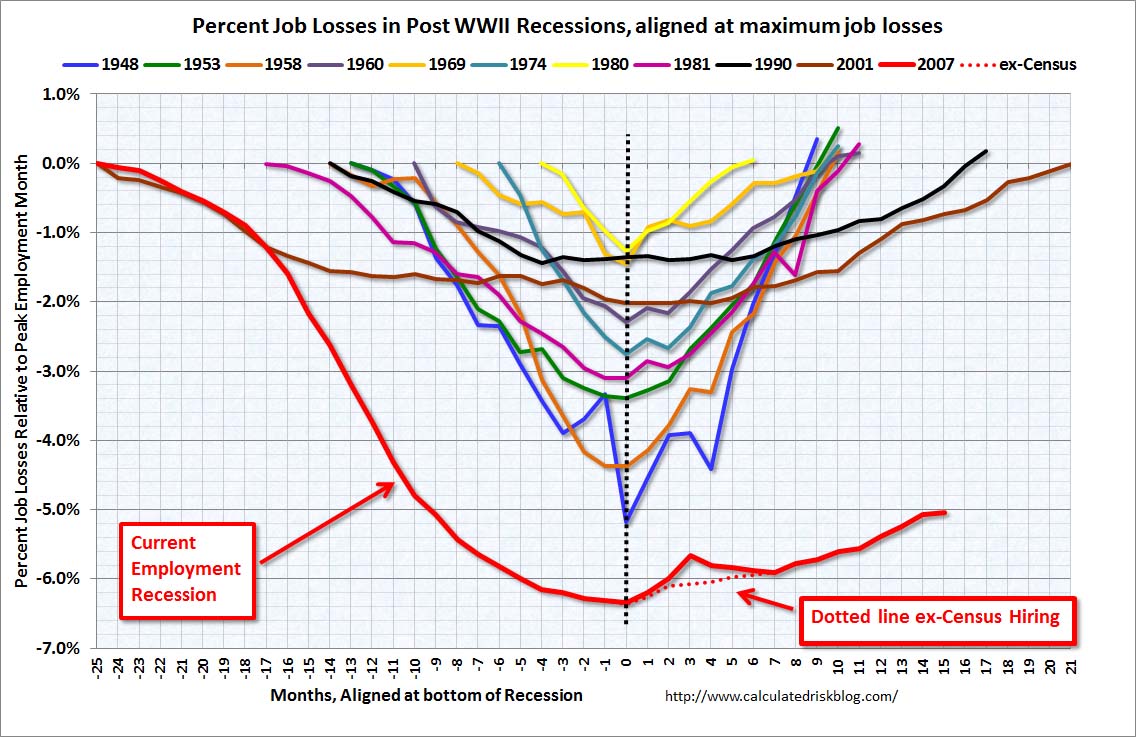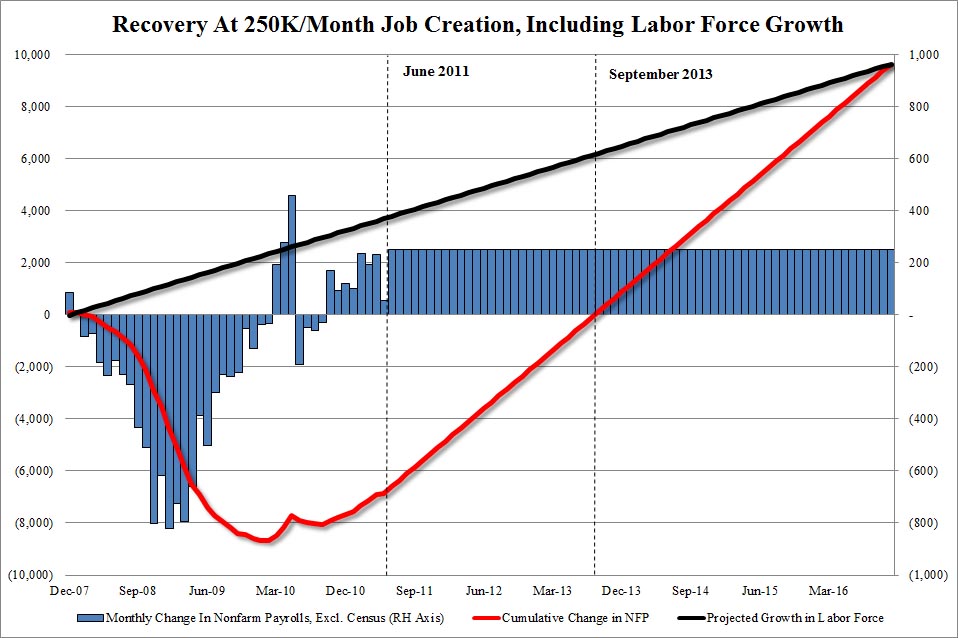The past week has provided a steady stream of dismal news on the US economy. Let’s start with the housing market, which, after a brief rebound, now appears to be double dipping, with the major indices hitting new post-bubble lows. In the words of S&P, which is not exactly given to hyperbole, “home prices continue on their downward spiral with no relief in sight.”
In the worst markets such as Miami, Las Vegas, and Phoenix, Arizona, prices have already declined more than 50% from their peaks. And even in some markets that have held up well (New York City for example), banks are under increasing pressure to foreclose on mounting numbers of delinquent borrowers. Some argue that this points to disaster ahead.

Ultimately, the housing market is not going to recover until employment picks up. And on this front, there is further cause for concern. Data last week showed that the US economy added only 54,000 jobs in May, while the unemployment rate rose again, from 9.1% to 9.2%. Just to put the abysmal numbers in context, a net increase of 54,000 jobs isn’t even enough to keep up with natural growth in the US labour force, which averages about 90,000 people a month. The chart below from Calculated Risk shows just what an unmitigated disaster the current “economic recovery” is from an employment point of view.

According to last week’s data, the average unemployed person in the US has now been out of work for almost 40 weeks, the longest since records began in 1948. So how long is it going to take to dig ourselves out of this hole? The chart below from Zero Hedge shows that even if employment growth was to return to 250,000 a month (a fairly heroic assumption given all the talk of slashing public spending), it’s going to take another 7 years or so to replace all the jobs lost since 2007.

It’s not a pretty picture. Now, I have written about this before in this blog, but it is absolutely astounding that there is not more debate in US politics and the mainstream media about the scourge of mass unemployment.
Instead of acting now to mitigate a real problem that actually exists (mass unemployment), we are caught up in a nonsense debate about an entirely self-imposed constraint called the “debt ceiling”. It’s looking more and more like we’re heading towards a 1937 replay.